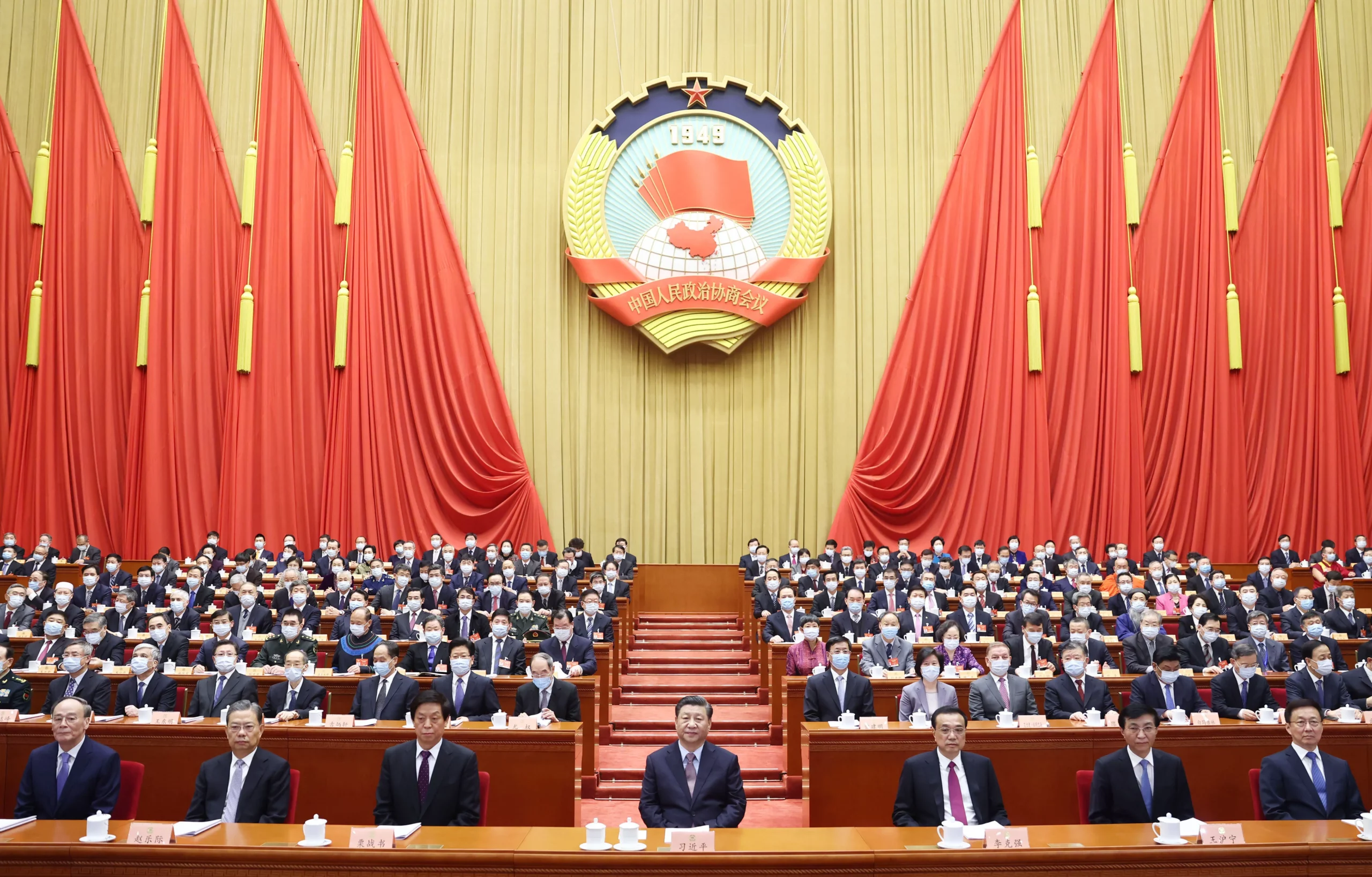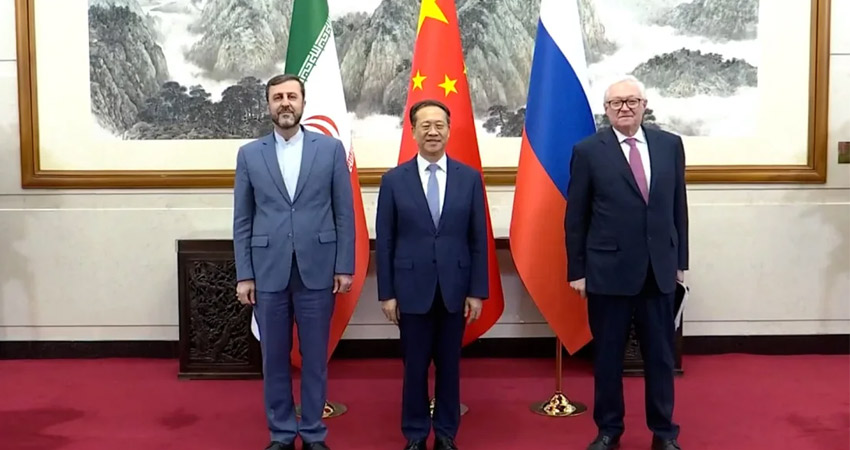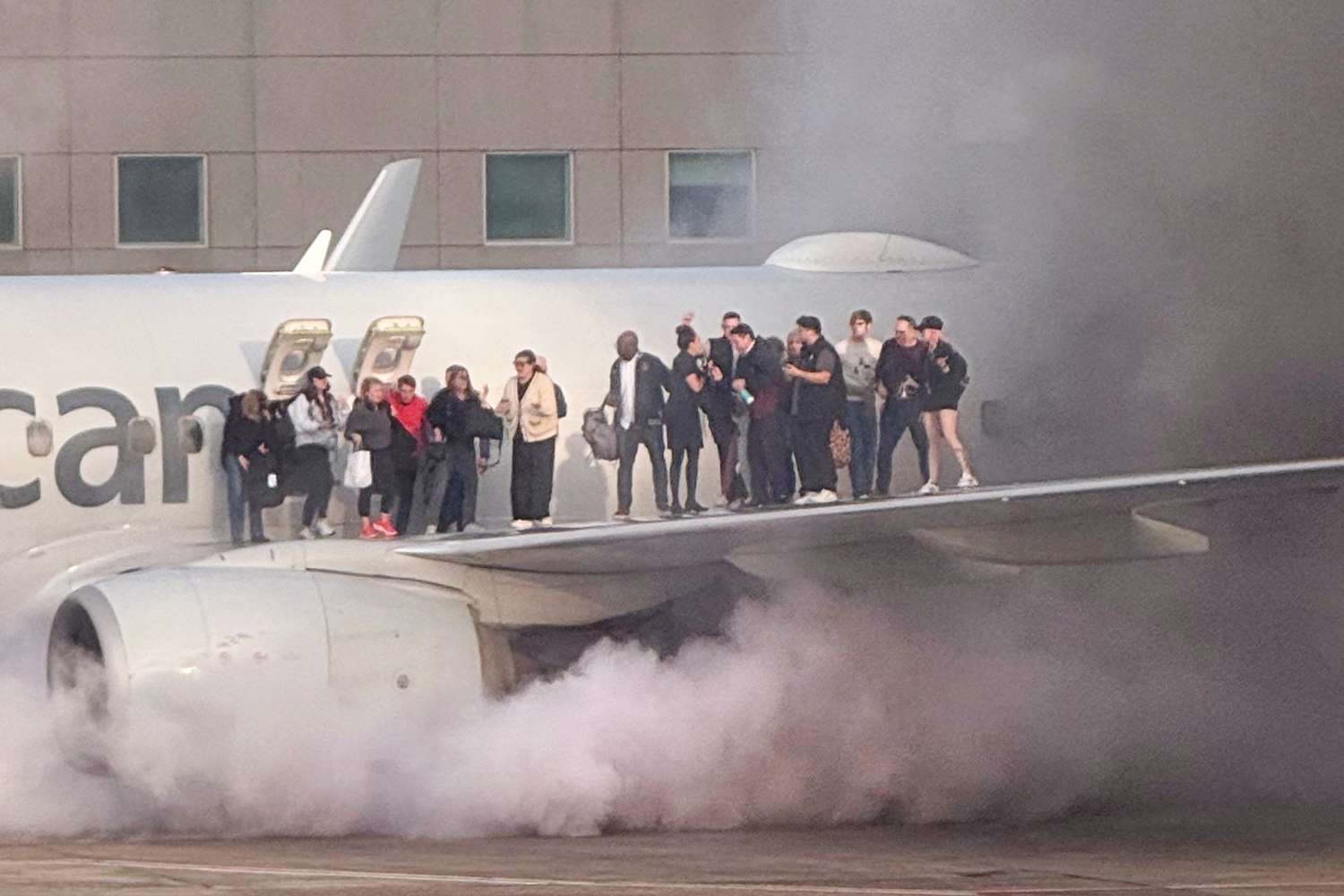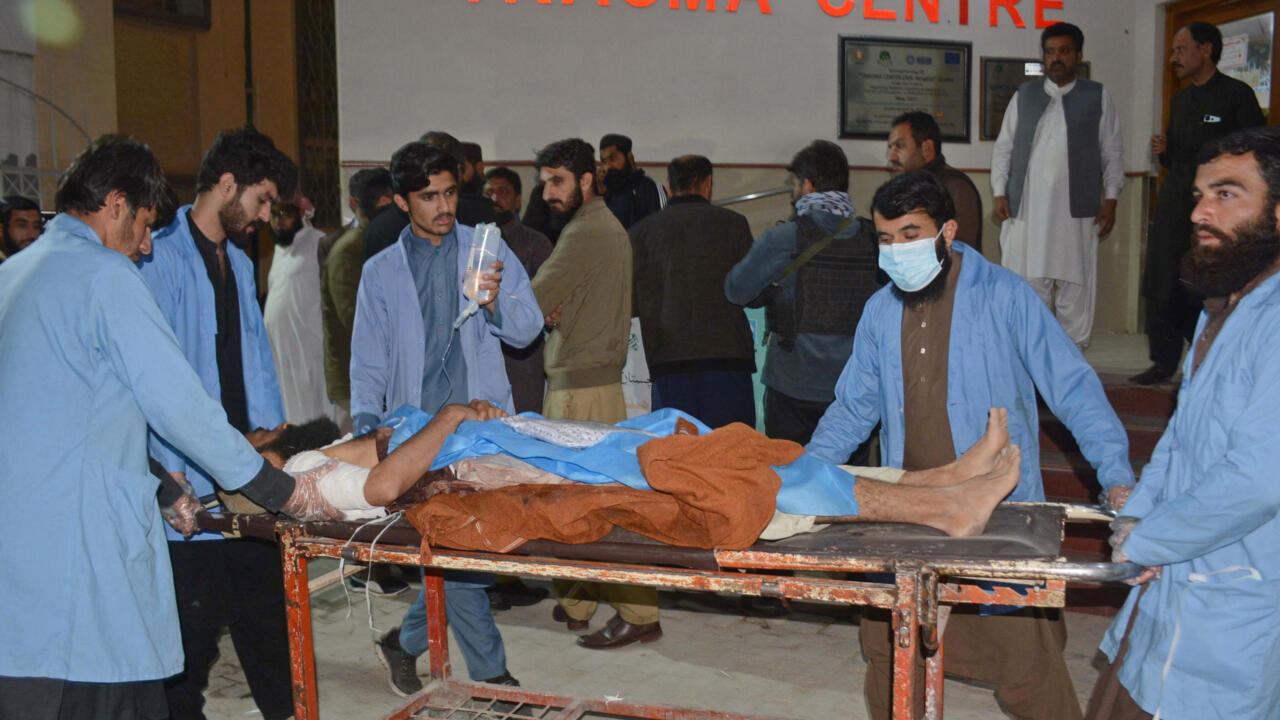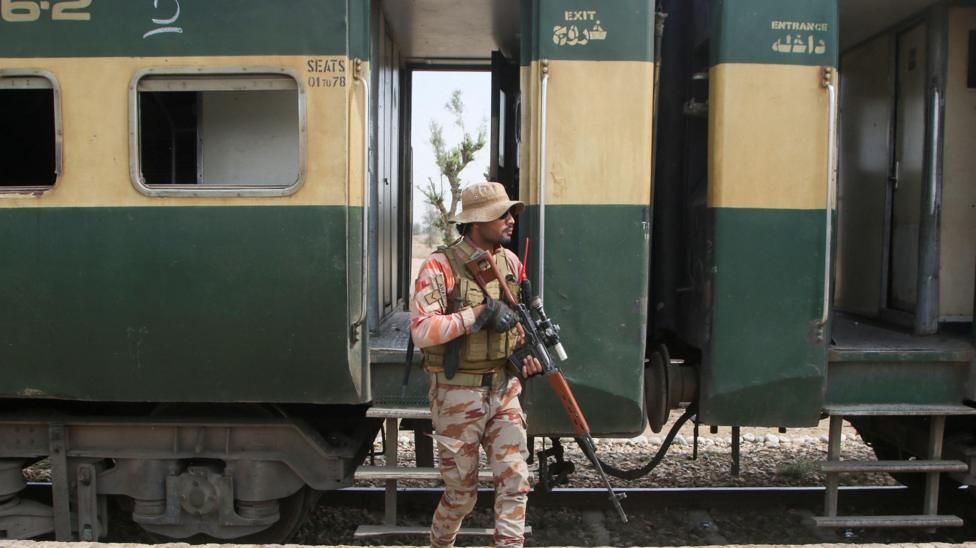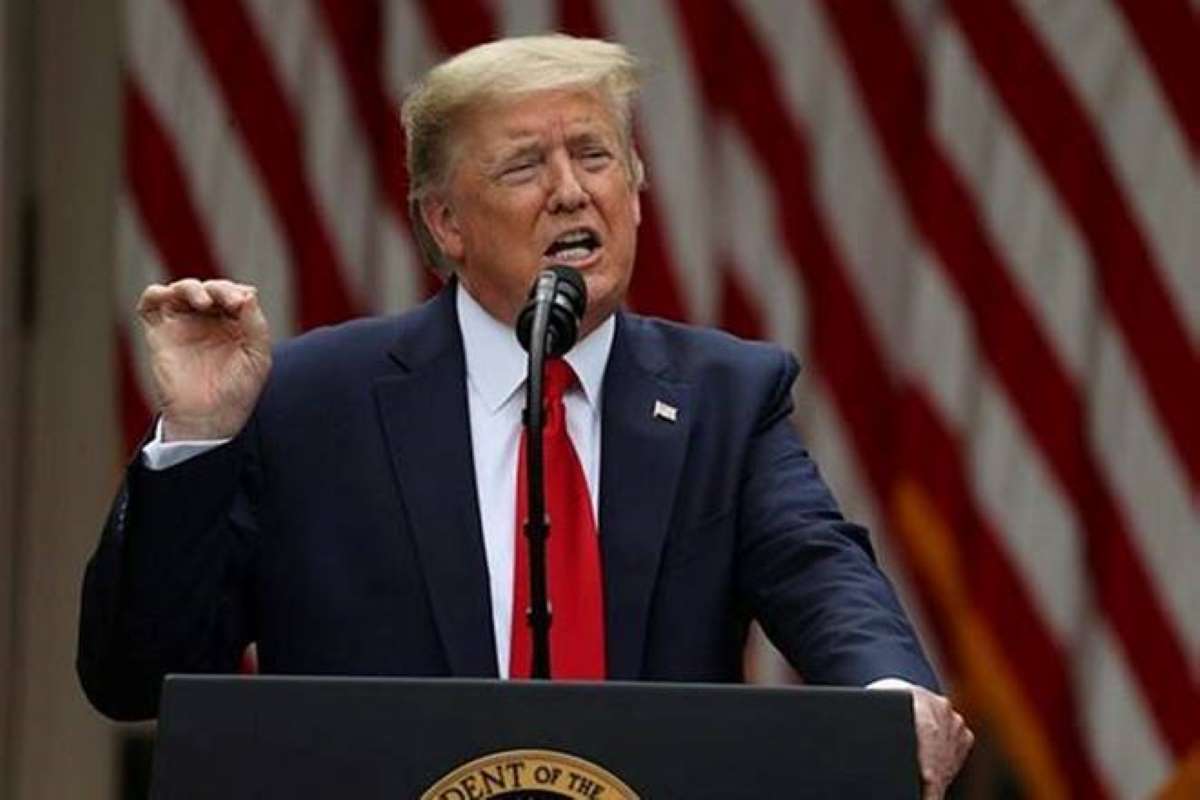Afghanistan: Taliban claim control of Panjshir Valley, opposition says ‘not true’
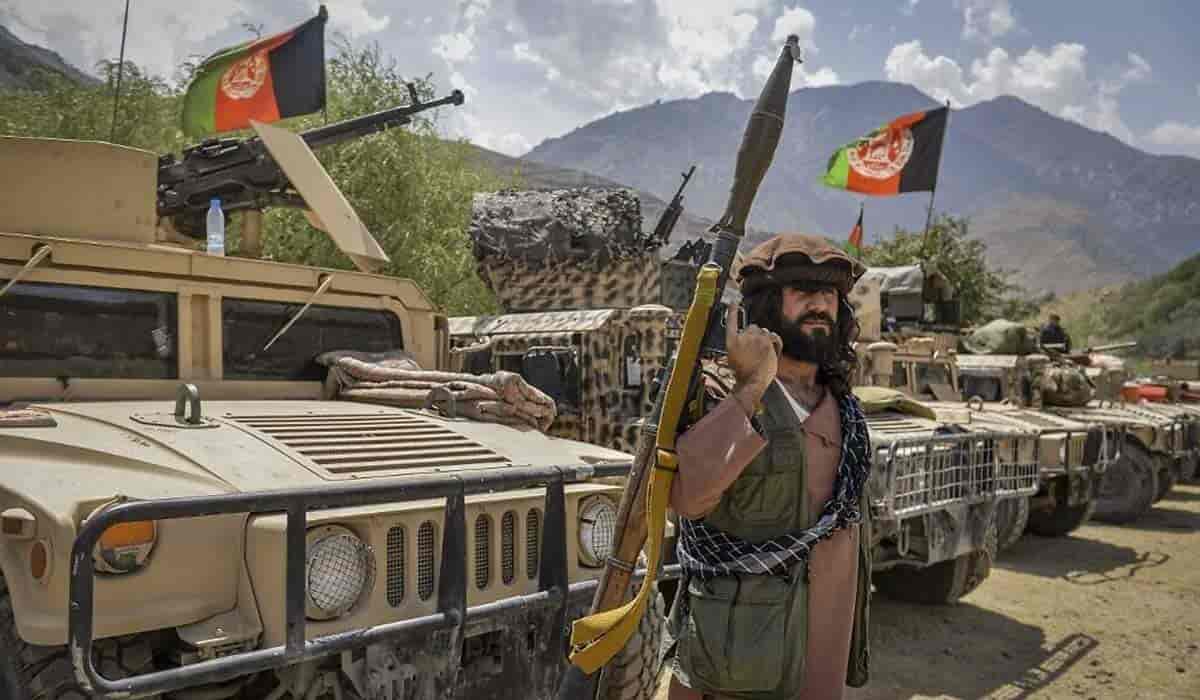
KABUL: SEPT. 6 – The Taliban has claimed complete control of the restive Panjshir province.
The province, north of the capital Kabul, has seen resistance from the Taliban. It is said that fighting has been going on there for some days now.
“With this victory, our country is completely out of the quagmire of war,” said a Taliban spokesman.
But the National Resistance Front of Afghanistan (NRF), which opposes the Taliban, has denied the Taliban’s claim.
“This is not true. The Taliban have not taken control of the Panjshir Valley. I refute the Taliban’s claim,” NRF spokesman Ali Massim told the BBC.
The group said on Twitter: “NRF troops are at all strategic locations in the Valley to continue the war. We want to reassure the people of Afghanistan that the fight against the Taliban and its allies will continue until justice and freedom are restored. ”
A photo posted on social media shows Taliban fighters in front of the provincial governor’s office. The BBC has not been able to independently confirm him.
Discussion of talks
Earlier, the leader of an opposition group fighting the Taliban said he was ready for peace talks.
Expressing his support for a proposal by religious leaders to seek a negotiated solution, Massoud called on the Taliban to stop their attacks.
In Panjshir, a stronghold of the opposition, the Taliban were reported to be gaining strength.
The province, north of the capital Kabul, has seen resistance from the Taliban.
The Taliban took control of the capital, Kabul, on August 15, three years after the government toppled the rest of Afghanistan and the Western-backed government.
Ahmed Masood wrote on Facebook that the National Resistance Front of Afghanistan (NRF), led by him, would be ready to stop the fighting if the Taliban were to stop the attack.
The NRA, which resists the Taliban, includes former Afghan security personnel and local fighters.

The Panjshir Valley in the Himalayas is home to between 1.5 million and 200,000 people.
Earlier, when the Soviet Union and the Taliban took control of Afghanistan, Panjshir was not under their control.
There was resistance against the Soviet army in the 1980s and from 1996 to 2001.
Local tribal leader Amham Masood is now leading the fight against the Taliban. Earlier, his father had opposed the Soviet army and the Taliban.
Two senior NRF leaders were killed on Sunday.
According to the ARAF, a spokesman, Fahim Dashti, and Commander-in-Chief, General Abdul Wadud Zara, were killed during the fighting.
He also claimed that a key Taliban military official and 13 of his bodyguards had been killed.
As the Taliban announces a new government soon, foreign powers are considering how to deal with the Taliban administration.
Major events in the 20-year Afghan conflict
- October 7, 2001: US-led coalition bombed Taliban and al-Qaeda bases in Afghanistan. Attacks on Kabul, Kandahar and Jalalabad targets after the Taliban, who came to power after a decade of Soviet rule and subsequent civil war, refused to hand over al-Qaeda leader Osama bin Laden to the United States
- November 13, 2001: Kabul is captured by The Northern Alliance, an allied anti-Taliban insurgent group
- February 7, 2009: Significant increase in the number of troops deployed to Afghanistan by US President Barack Obama. At one time, the number of troops had reached 140,000
- December 2014: NATO announces an end to its military operations in Afghanistan. After that, thousands of troops were repatriated by the United States. Most of the troops stationed there are focused on training and assisting Afghan security forces
- February 29, 2020: US and Taliban sign Doha agreement to bring peace to Afghanistan. The combatants complied with the agreement, with US and NATO partners pledging to withdraw all troops within 14 months
- April 13, 2021: US President Joe Biden announces the withdrawal of all US troops from Afghanistan by September 11
- August 16, 2021: The Taliban seize major Afghan cities and towns, including Kabul, in just over a month. Afghan security forces fail in front of Taliban
- August 31, 2021: the US announces completion of troop withdrawal from Afghanistan
Rise to power of the Taliban
In Pashto, Taliban means “students.”
They emerged from northern Pakistan in the 1990s following the withdrawal of Soviet troops from Afghanistan.
The Pashtun movement is believed to have originated with a religious group that received financial support from Saudi Arabia, a stronghold of Sunni Islam.
The Taliban have vowed to restore peace and enforce Sharia law in the Pashtun-dominated areas of Afghanistan and Pakistan.
The Taliban quickly expanded its influence from southwestern Afghanistan.
In September 1995, they captured the province of Herat, which borders Iran.
Exactly one year later, they took control of the capital, Kabul, and overthrew the government of President Burhanuddin Rabbani.
He was one of the founders of the Afghan Mujahideen against the Soviet invasion.
By 1998, the Taliban controlled about 90 per cent of the territory.

Afghans, disillusioned with the mujahedeen after the Soviet withdrawal, initially welcomed the Taliban who had moved forward for the first time.
He gained popularity by taking steps against corruption, reducing lawlessness, building roads for business to flourish, and providing security in self-regulated areas.
But the Taliban enforced or upheld the strict interpretation of Sharia law – for example, the death penalty for murderers and adulterers and the amputation of thieves hands.
During his reign, men were required to grow beards and women were required to wear full-length burqas.
The Taliban have banned television, music and cinema, and said teenagers aged 10 and over should not be allowed to go to school.
They are accused of various human rights violations and cultural abuse.
One of the worst examples of this was the international condemnation in 2011 when they set out to destroy the famous Bamiyan Buddha statue in central Afghanistan.
Pakistan has consistently denied being a Taliban facilitator.
But there is little doubt that many Afghans who initially joined the Taliban are studying in madrassas in Pakistan.
Apart from Saudi Arabia and the United Arab Emirates, Pakistan was the only country to recognize the Taliban when they were in power.
Pakistan was also the last country to sever diplomatic ties with the Taliban.
At one point, the Taliban threatened to destabilize Pakistan from the northwest it controlled.
There was one incident that was widely condemned internationally – an attack by the Pakistani Taliban in October 2012 when schoolgirl Malala Yousafzai was returning to her hometown of Mingora.
The group’s influence in Pakistan waned after a major military operation two years after a school massacre in Peshawar, Pakistan.
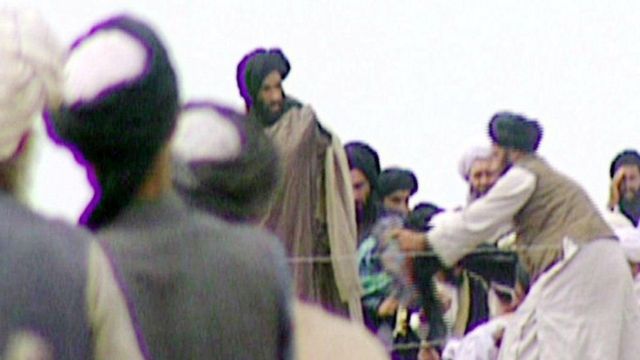
At least three people, including Pakistani Taliban leader Hakimullah Mehsud, were killed in a US drone strike in 2013.
Following September 11, 2001, attacks on the World Trade Center in New York, the world’s attention was drawn to the Afghan Taliban.
The Taliban have been accused of protecting Osama bin Laden and his group al-Qaeda, the main suspects in the attack.
On October 7, 2001, US-led coalition forces began invading Afghanistan.
And by the first week of December, the Taliban had been defeated.

Shelter to al-Qaeda
Some of the group’s top leaders, including Mullah Mohammad Omar and Osama bin Laden, escaped during one of the world’s largest search operations.
Many senior Taliban leaders took refuge in the Pakistani city of Quetta, from where they led the group.
But the existence of “Quetta Shura” was denied by Islamabad.
With the presence of large numbers of foreign troops, the Taliban continued to strengthen its position and gradually expand its influence.
In September 2012, they raided a North Atlantic Treaty Organization (NATO) camp in Kabul and carried out several other attacks.
Hopes for peace talks were raised in 2013 after the Taliban announced plans to open an office in Qatar.
But the atmosphere of mistrust between all sides remained and the violence continued.
In August 2015, the Taliban admitted to hiding Mullah Omar’s death for more than two years.
He died at a Pakistani hospital.
The following month, the Taliban sidelined internal strife and said it had accepted the group’s new leader, Mullah Mansoor.
Mullah Mansur was Mullah Omar’s assistant.
Around the same time, the Taliban took control of a provincial capital for the first time since its 2001 defeat.
That was the strategically important city of Kunduz.
Mullah Mansoor was killed in a US drone strike in May 2016. After that, the leader of the group became Maulvi Hibatullah Akhundzada.
Countdown days
Following the US-Taliban peace deal in February 2020, the Taliban appears to have changed its offensive strategy.
They launched targeted attacks rather than complex attacks on cities and military structures.
The militants have targeted journalists, judges, peace activists and women in power.
It shows that the Taliban have changed their strategy, not their extremist ideology.
Amid serious concerns from Afghan officials about the weak government without international support, new US President Joe Biden announced in April that he would complete the withdrawal of US troops by September 11.
The Taliban’s trip to Kabul
- April: US President announces withdrawal of troops from Afghanistan. The process, which is set to begin in May and end in September, is expected to end America’s longest war
- May: Taliban launches deadly offensive in southern Helmand province. The onslaught began in other provinces as well
- June: The Taliban take control of more than 50 of the 370 districts, according to the UN special envoy to
- Afghanistan. A series of Taliban attacks in the north
- July 21: About half of the districts are under Taliban control, according to a senior US general
- August 6: Militants capture Jarang, the first provincial capital to fall to the Taliban
- August 13: Taliban take control of Kandahar, the second largest city, and four other provincial capitals
- August 14: Taliban capture northern city of Mazar-e-Sharif
- August 15: Taliban capture the eastern city of Jalalabad without a fight, President Ashraf Ghani flees abroad, Taliban enter the Presidential Palace in Kabul
- August 31: US troops withdraw completely
-BBC



